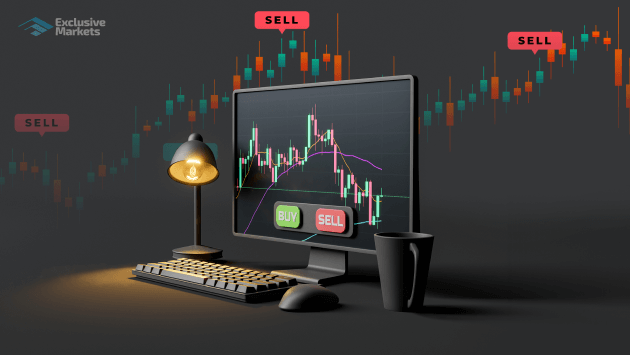Complete Guide to Forex Trading Training

Unlocking the Secrets of Forex Trading: A Comprehensive Training Guide
Forex trading can seem daunting for newcomers, but with the right forex trading training Brokers Argentina training and education, anyone can master the art of currency exchange. This guide is designed to provide a foundational understanding of forex trading and equip you with the tools needed to become a successful trader, whether you’re a beginner or looking to sharpen your skills.
Understanding Forex Trading
Forex, or foreign exchange, refers to the global market for trading national currencies against one another. It is one of the largest and most liquid financial markets in the world, with a daily trading volume exceeding $6 trillion. The forex market operates 24 hours a day, five days a week, making it highly accessible for traders around the globe. Understanding the basics of forex trading is the first step towards becoming a successful trader.
The Basics of Currency Pairs
In forex trading, currencies are quoted in pairs, such as EUR/USD or USD/JPY. The first currency in the pair is known as the base currency, while the second is the quote currency. The exchange rate reflects how much of the quote currency is needed to purchase one unit of the base currency. For example, if the EUR/USD exchange rate is 1.20, it means 1 Euro is equivalent to 1.20 US Dollars.
Types of Forex Market Participants
The forex market is composed of various participants, including:
- Retail Traders: Individual traders who buy and sell currencies for personal financial gain.
- Institutional Traders: Large financial institutions, such as banks and hedge funds, that trade currencies on behalf of their clients.
- Corporations: Companies that engage in forex trading to hedge against currency risk during international operations.
- Central Banks: National banks that manage currency reserves and influence exchange rates through monetary policy.
Choosing a Forex Trading Strategy
Successful forex trading requires a well-defined strategy. Here are some popular trading strategies:
Scalping
This involves making quick trades to take advantage of small price movements. Scalpers typically hold positions for a matter of seconds or minutes, aiming to profit from small fluctuations in the market.
Day Trading
Day traders open and close their positions within the same trading day. This strategy avoids overnight risk and requires a keen eye for market trends and events that can influence currency prices.
Swing Trading

Swing traders hold positions for several days to capture medium-term market moves. This strategy requires patience and the ability to analyze market trends over a period of time.
Position Trading
Position traders take a long-term approach, holding positions for weeks, months, or even years. This strategy is based on fundamental analysis and requires a strong understanding of global economic indicators.
Essential Tools for Forex Trading
To thrive in forex trading, you need to equip yourself with various tools:
Trading Platform
Most traders use trading platforms such as MetaTrader 4 (MT4) or MetaTrader 5 (MT5) to execute trades, analyze market data, and manage their accounts. Choosing a reliable platform is crucial for your trading experience.
Charting Software
Utilizing charting tools helps traders visualize price movements and trends. Analyzing price charts is essential for making informed decisions based on historical data.
Economic Calendar
Being aware of economic events and announcements is imperative for forex traders. An economic calendar provides vital information on upcoming economic releases that can significantly impact currency prices.
Risk Management in Forex Trading
Risk management is a critical component of successful forex trading. Here are some strategies to consider:
- Use Stop-Loss Orders: Setting stop-loss orders helps protect your capital by automatically closing a trade that moves against you beyond a predetermined point.
- Limit Position Sizes: Managing your position sizes according to your account balance minimizes potential losses and enhances your risk-to-reward ratio.
- Diversification: Having a diversified trading portfolio can mitigate risks associated with any single currency pair.
Continuous Learning and Improvement
The financial markets are ever-evolving, and continuous learning is key to staying ahead. Consider engaging in:
- Online forex trading courses: Many platforms offer free and paid courses to enhance your knowledge.
- Webinars and seminars: Attend virtual events and workshops to gain insights from experienced traders.
- Trading communities: Join forums and online groups where traders share their experiences and strategies.
Conclusion
Forex trading can offer rewarding opportunities for individuals who are willing to invest time and effort in learning the ropes. By understanding the fundamental concepts, developing a strategy, utilizing essential tools, managing risk, and committing to continuous learning, you can elevate your trading skills and enhance your profitability in the forex market. Embrace the journey and remember, every successful trader started as a beginner.